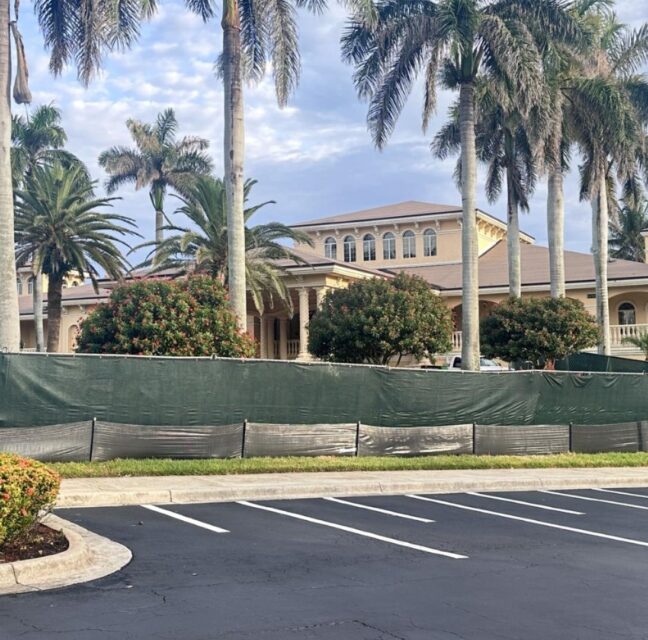
SECURING EXTERIOR DOORS
An estimated 34% of residential burglars enter through a home’s front door. While I was unable to locate documentation regarding side and rear door entries, they, too, are frequent targets.
Additionally, a fairly recent and ongoing TikTok “challenge” that encourages youngsters to kick in the front doors of unknown homes prompts me to discuss an easy fix that will help reinforce and secure all exterior doors.
Exterior doors have points of vulnerability. These points include where the door meets the strike plate, as well as where the door hinges attach to the doorjamb.
In an effort to address these issues and to enhance your door’s ability to withstand force, it is recommended that strike plate screws and hinge screws be upgraded.
Most doors, when installed, utilize #9 ¾-inch or 1-inch wood screws. These screws attach both the strike plate and the hinges to the doorjamb. Being small in size, they offer extremely limited support when facing blunt force.
A simple and inexpensive fix can dramatically increase your door’s ability to withstand forced entry.
Replace the shorter door-strike and hinge screws with fully threaded, 3-inch wood screws. A total of 11 screws will likely be required (two for strike plate and nine for three hinges).
By utilizing these 3-inch screws, hinges and strike plates will now be secured through the doorjambs and into the door’s framing studs. It is estimated that these longer screws will triple the resistance of solid-core, exterior doors.
Multiple locking points add additional security to your entrance.
The addition of a dead bolt lock is a bit more complicated and involved, will take approximately one hour to complete and incurs some cost. There are numerous dead bolt locks to choose from, including various grades, types of cylinders (single or double) and pick-resistant features, that you may wish to discuss with a professional.
These simple upgrades will substantially reduce the vulnerability of your exterior doors.






